
Organic Food Coloring – Review
Nothing seems more artificial than adding coal-tar chemicals to your food to change the color. But these days, artificial food coloring is found almost everywhere, from sodas to candy to pickles and even your daily vitamin! It’s very difficult to avoid, even if you’re scrupulous about it.
The United States v. Europe: What’s Allowed in Food
In the United States, there are seven artificial dyes approved for use in food:
- D&C Blue No. 1 – Brilliant Blue FCF, E133 (blue shade) – Banned in some European countries.
- FD&C Blue No. 2 – Indigotine, E132 (dark blue shade) – Linked to ADHD in humans.
- FD&C Green No. 3 – Fast Green FCF, E143 (turquoise shade) – Banned in the EU and linked to testicular cancer in rats.
- FD&C Red No. 40 – Allura Red AC, E129 (red shade) – Banned in several European countries and linked to a host of problems, including cancer, allergies, migraines and ADHD.
- FD&C Red No. 3 – Erythrosine, E127 (pink shade, commonly used in glacé cherries) – Already partially banned by the FDA because of known links to thyroid cancer. It’s slowly being replaced by FD&C 40.
- FD&C Yellow No. 5 – Tartrazine, E102 (yellow shade) – Banned in several European countries, this color is most often associated with allergies.
- FD&C Yellow No. 6 – Sunset Yellow FCF, E110 (orange shade) – Banned in several European countries and being phased out in the UK. Linked to a number of food allergies and cancer.
Comparison of food colour regulations in the EU and the US: a review of current provisions
Knowing all this, you have to wonder why anyone would purposely add this stuff to their home baking products? And yet, I see recipe after recipe calling for full bottles of red dye to color those “Red Velvet Cakes.” Ugh. Not for me!
Are there natural food coloring alternatives? Yes . . . but they are a little tricky to use. This article will examine several commonly found natural food colors, and show you just what colors can be produced.
If you’re in need of a great hand mixer, check out the models below, and read my review of the best hand mixer on the market.
How We Tested Food Coloring
For this test, I ordered 1 bottle of natural red, blue, yellow, green, purple and orange from ConfectionCraft.com. I prepared a basic buttercream icing as my white base for coloring. This mixture would be pH neutral – which is an important factor in natural dyes. I used 1 cup of icing for each color test, adding drops as noted and mixing thoroughly with a hand mixer.
Red
I started with the “Holiday Red” dye from ConfectionCraft. This dye is made from beets, annatto, turmeric, and caramel. The beet smell was very evident upon opening the bottle, so care would have to be taken to avoid transmitting that to your food. The dye consistency was a bit thick and opaque.
I know that natural food dyes don’t produce the cartoon-brilliant colors you can achieve with artificial dyes, so I started each batch with 15 drops.
I achieved a pale peach color. From there, judging by the brilliance achieved, I adjusted the increments. Here’s the result of adding drops until the entire bottle was used:
Even with the entire bottle, the best color I could achieve was a ruddy orange-peach. The color stopped deepening after about 150 drops. In general, I found with natural dyes, there is a point of diminishing returns where additional drops do not impart more color.
Yellow
I then switched to yellow. ConfectionCraft yellow is made entirely from turmeric. There was almost no odor at all. Again, starting out with 15 drops and adjusting accordingly, I achieve this color:
A much more satisfactory result with the yellow dye. With just 120 drops (about 1/3 bottle) I reached a true Spongebob yellow, and with no food odor imparted at all. A very pleasing result!
Blue
Ah, but then I moved to blue. Natural blue food dye is the trickiest of all, as it’s derived from purple cabbage. You may remember using this back in science class, where you created the Universal pH indicator. This dye can move from a deep red all the way to a yellow-green, depending on the acidity or alkalinity of the environment. At neutral pH, however, it looks about like this:
After about 90 drops, the color had reached it’s saturation point, hovering around a glossy bluish purple – not very attractive at all. In addition, at this ratio, the icing had taken on a distinct cabbage smell . . . not what you want when trying to impress a crowd of 6-year-olds!
As I mentioned before, this particular dye is greatly impacted by acidity or alkalinity. To reach a truer blue, you’d have to increase the alkalinity of the food. Unfortunately, virtually ALL food is acidic! But, just adding just 1/8 tsp of baking soda pulled the color to a true sky blue, without imparting any unnatural taste:
Much better, yes?
Green
Finally, I tackled ConfectionCraft natural green food color. This substance is made primarily from spinach. Surprisingly little odor, the dye is a bit thick and sticky. The results are found below:
I achieved a pleasant pastel green with 120 drops, without imparting any spinach odor to the icing. After 120 drops, I started seeing diminishing returns.
Conclusion
I still tend to avoid food colors as a general rule. I prefer to decorate using natural fruit pieces or nuts or simple textures on my cakes. But sometimes a little splash of color could be just the thing to liven up a party or meal. I would recommend giving these natural dyes a try. Used judiciously and knowing a little more about their quirks, you can make that Spongebob cake and feel great about serving it, too!
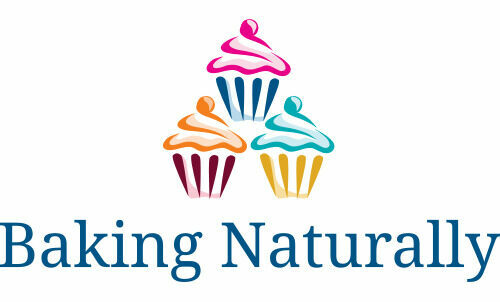
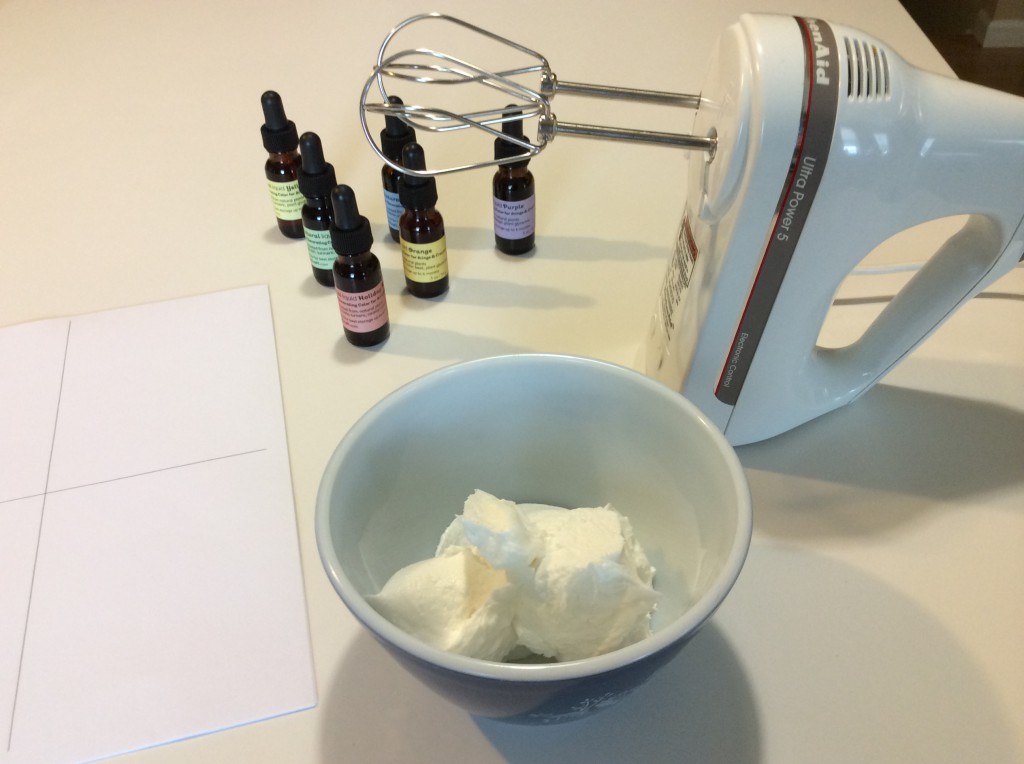
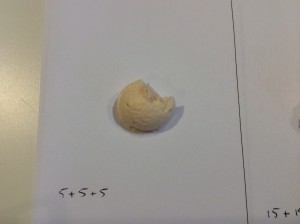
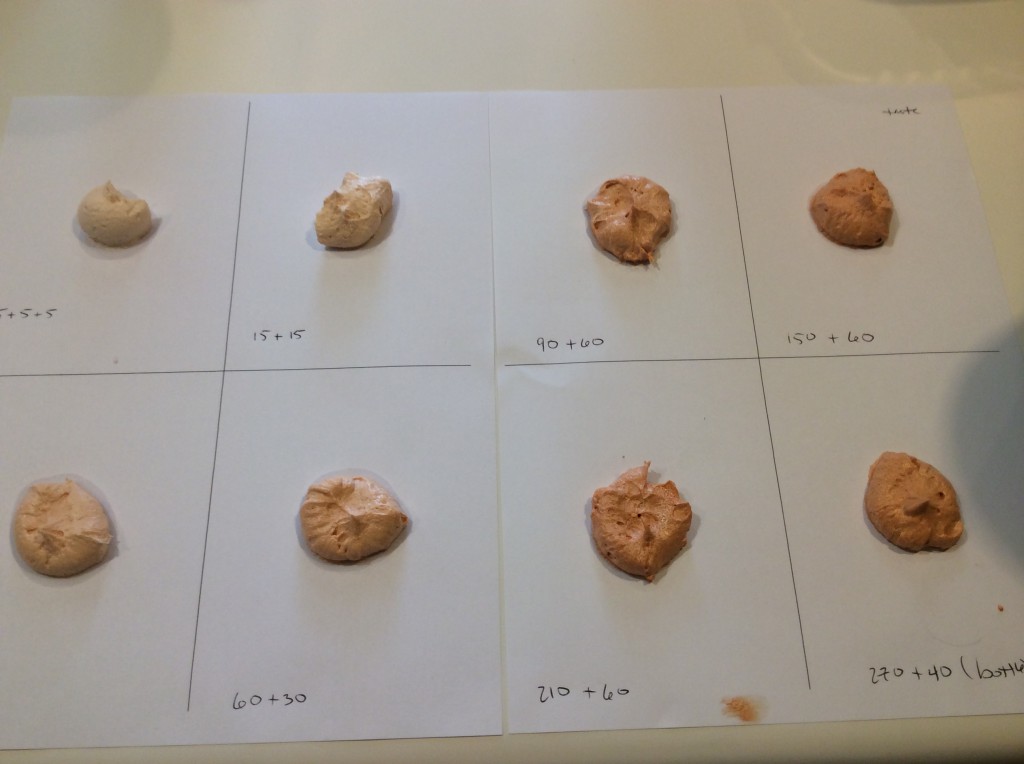
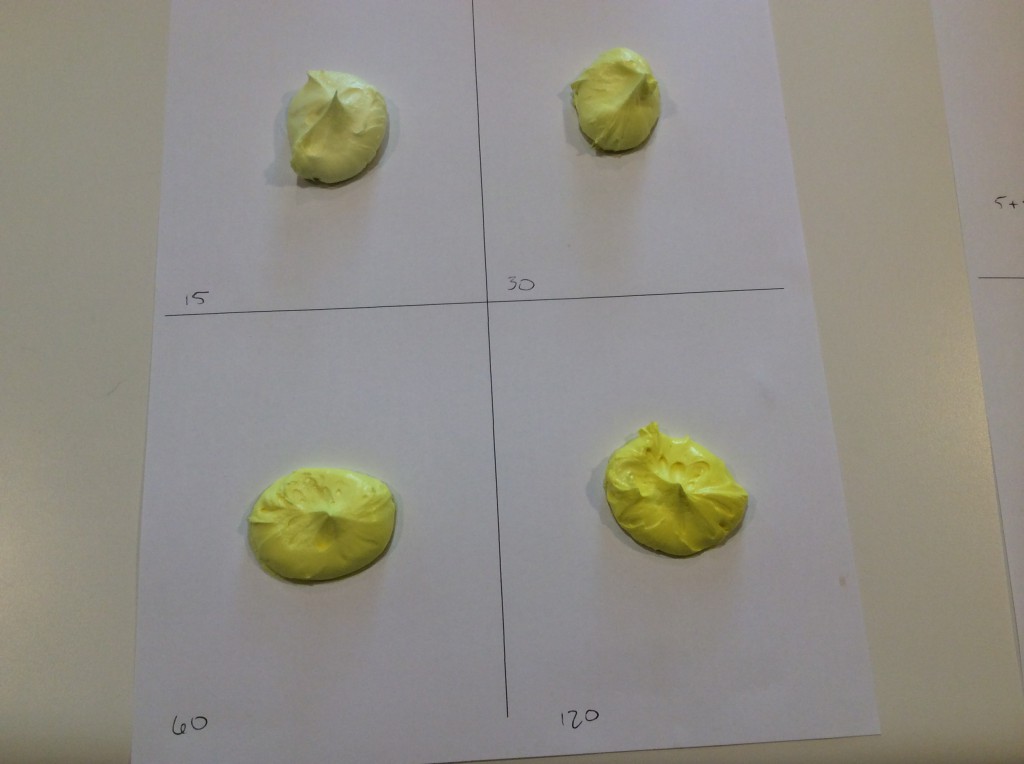
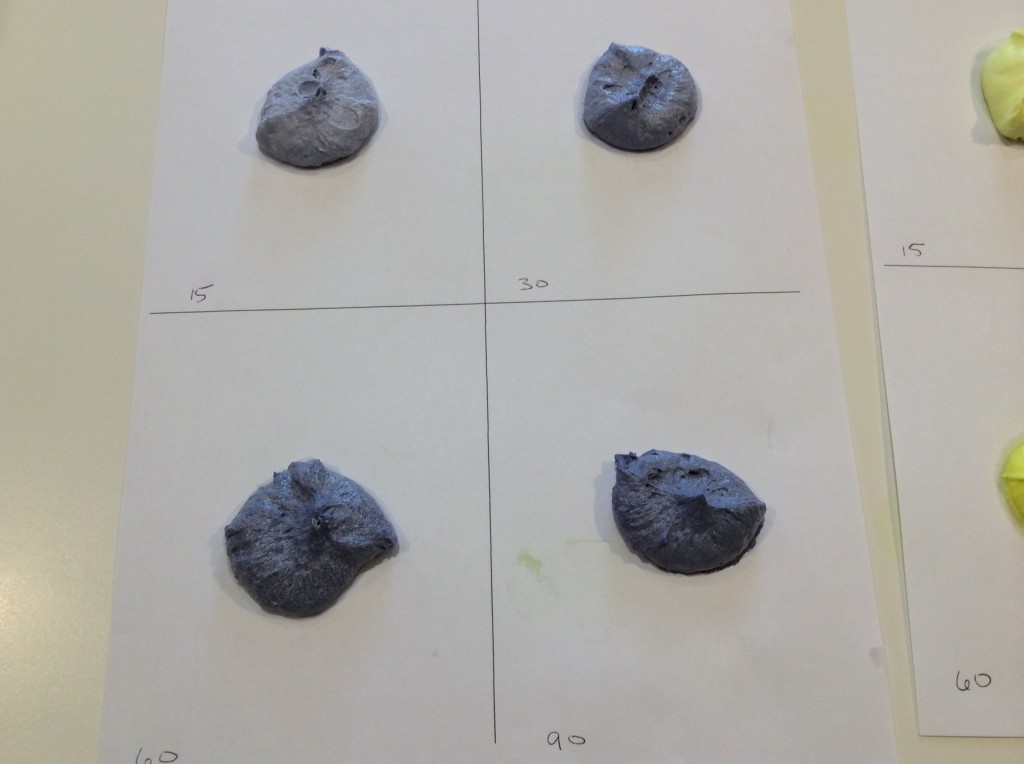
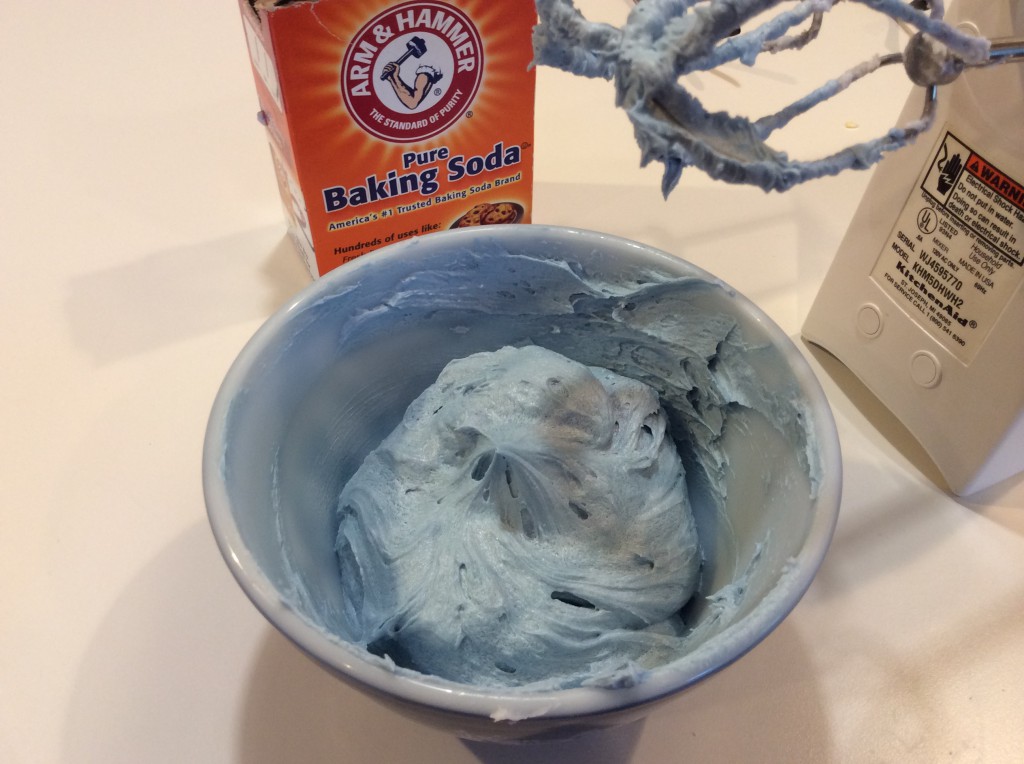
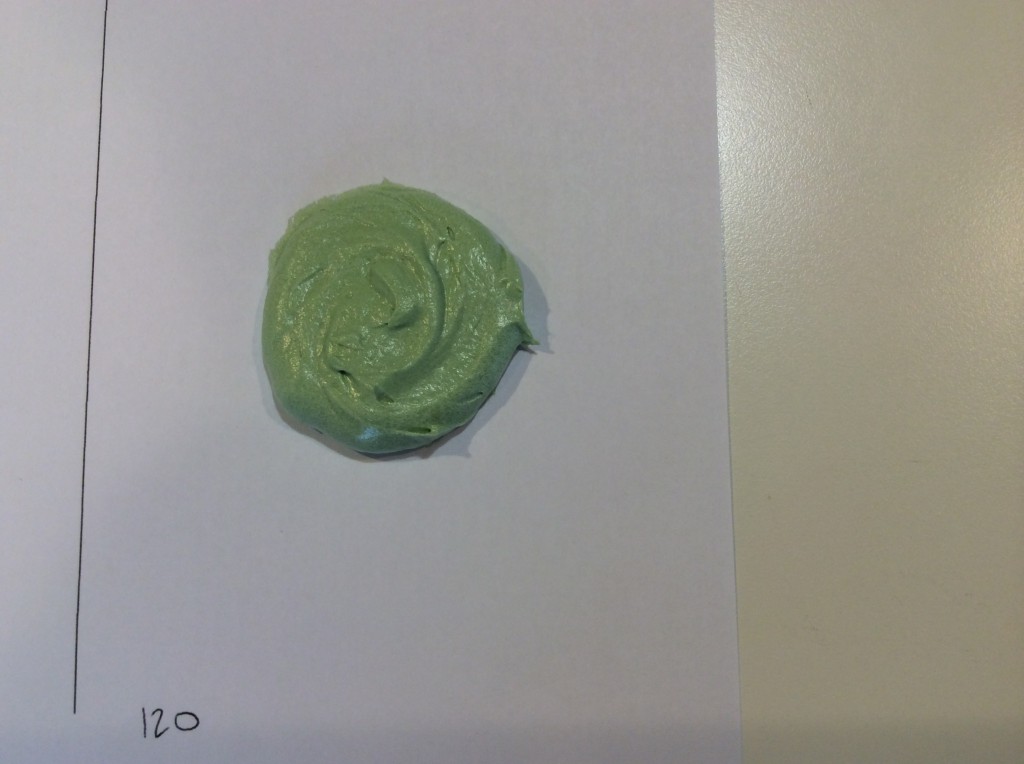
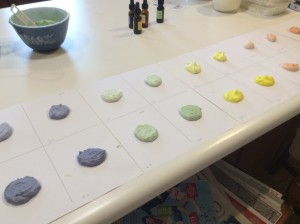
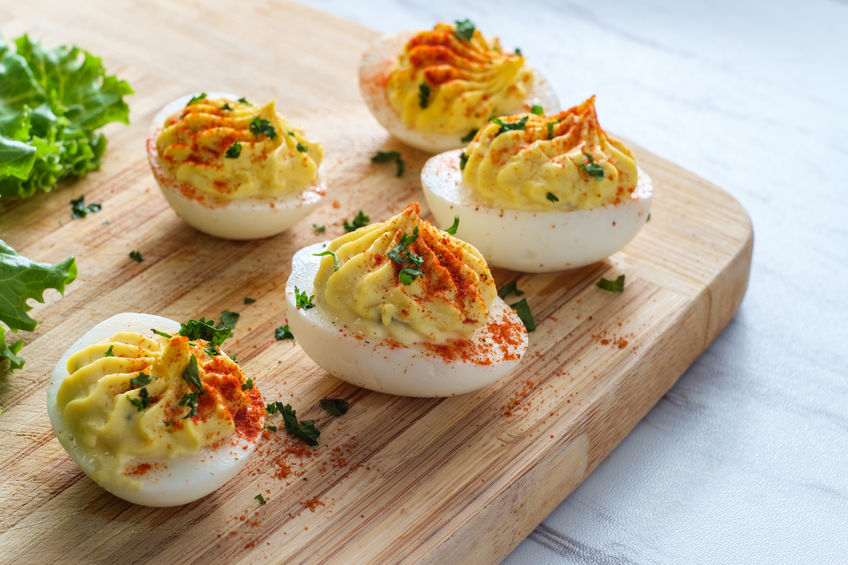
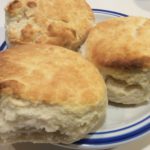
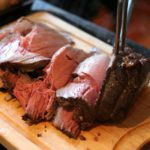
Rising concerns over health hazards associated with the intake of synthetic food colors are also amplifying the demand for naturally colored food in many parts of the world.
Wow, a wonderful information on this article. Adding artificial color to food may pose a health risk. Thank you for taking time out to find a way out of this by giving your results in this article. You’ve simplified the work for other lover of food preparation and by letting us know you get this organic food coloring from ConfectionCraft. Good job. Welldone.
I am fairly new to all this and I would like to find alternatives to artificial food dyes but I really wish there were ways to actually achieve the colors that you would normally get from artificial dyes. I just feel like it is impossible to avoid if you are trying to make something like a certain design for a cake. When I need lighter colors though I will definitely keep natural dyes in mind.
Thanks!
Thank you for this post. This is one of the most life saving post i have read on anybody’s blog in recent time. So reading this will help me prevent some disasters that might happens in future. As for me, I’m gonna stop all the food coluring substance i know. I will start going for natural fruit pieces or nut. thank you for this
Thanks for the wonderful review on natural food colouring. I have not heard about something of this nature before but I am glad you brought it to my attention.
I have done alot of research but your article is like an eye opener for me today because i got to discover what i have been longing for before now.
Thanks to throwing more light on this
Hi Don,
I love to bake and have been guilty on occasion of using colour dyes (thankfully not a lot, and after reading your article I probably won’t again!).
I have never thought of using natural dyes but I think it is a great idea. Thanks for sharing the tips and how to do this.
Thanks! I think you’ll find there are lots of other options to artificial dyes out there. And your friends will appreciate it, too.
Confection Crafts also has powdered dyes. I have tried both and I think you can achieve better color with the powder.
Thanks, I’ll check that out.
Hiya, I’m really glad I’ve found this inamroftion. Today bloggers publish only about gossips and internet and this is really irritating. A good site with exciting content, this is what I need. Thanks for keeping this site, I’ll be visiting it. Do you do newsletters? Cant find it.